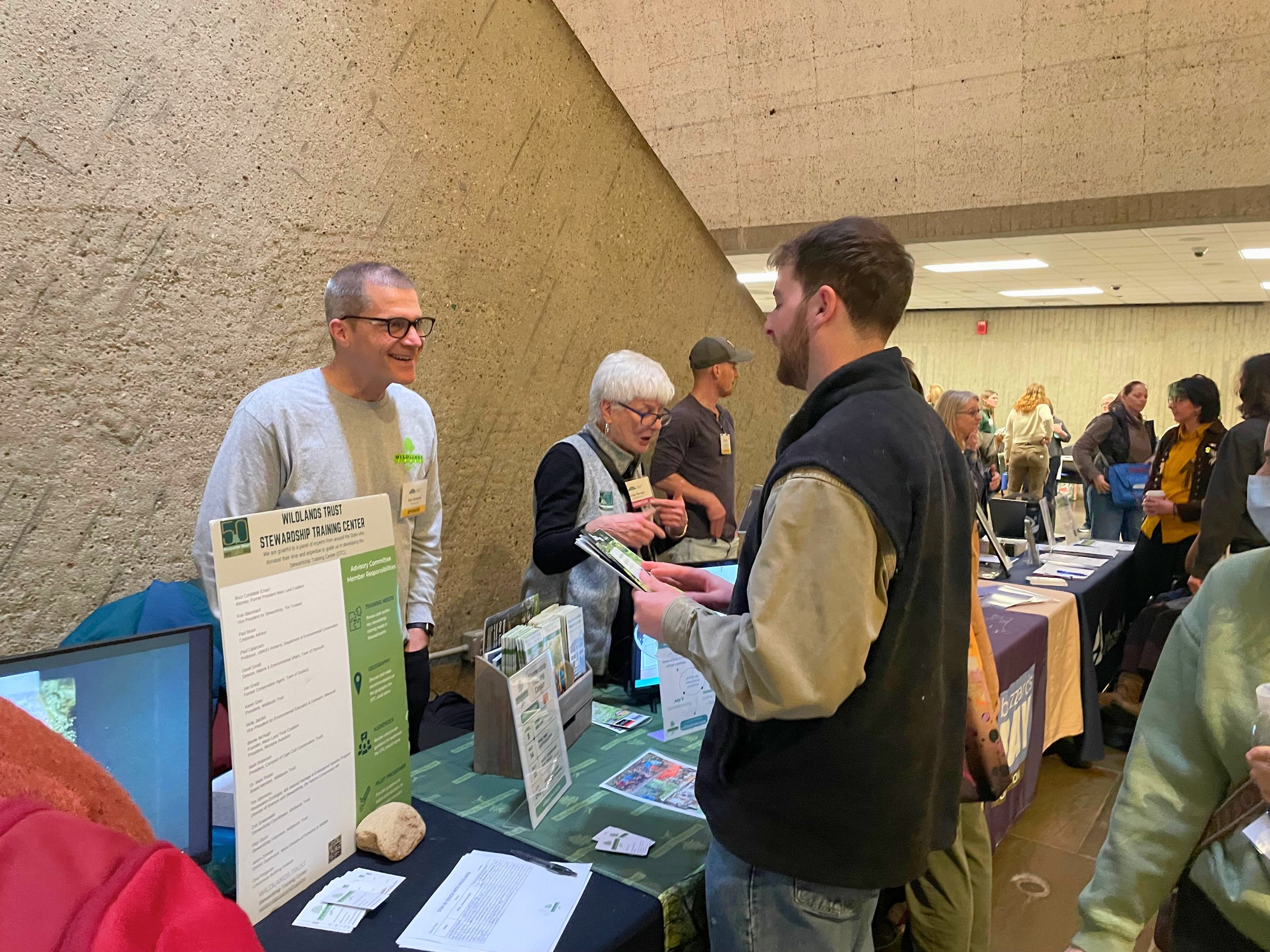Wildlands Trust is ecstatic to welcome Rob Kluin to our growing staff! As Donor Relations Manager, Rob will forge and foster relationships with generous individuals and businesses across Southeastern Massachusetts, securing vital support for our mission. Get to know Rob in the bio below, and reacquaint yourself with our whole staff at wildlandstrust.org/staff.
Rob replaces longtime Donor Relations Manager Sue Chamberlain, who retired this spring after 11 years of service to Wildlands. We look forward to honoring her at our Leadership Council brunch next month. Stay tuned for more reflection on Sue’s impactful career.
If you would like to support our work to protect the region’s remarkable lands and waters, Rob would love to hear from you! Say hello at 774-343-5121 ext. 113 or rkluin@wildlandstrust.org.
---
Rob Kluin, Donor Relations Manager - ☎️ 📧
A people person and a nature person, Rob Kluin is a rarity in the conservation field. As Donor Relations Manager, Rob leverages his networking and communication skills to connect Wildlands Trust with vital support from the communities we serve.
Growing up in the Adirondacks, Rob developed a lifelong respect for land protection and stewardship. At a crossroads in his career, Rob knew he wanted to settle in a place with the same reverence for the natural world. As he flipped through an atlas for potential next stops, Plymouth’s ragged coastline caught his eye. Then came a serendipitous job offer that made his dream a reality. Rob moved in near Shifting Lots Preserve, where he got to know Wildlands’ far-reaching work. Two decades later, Rob jumped at the chance to put his people skills to work for the organization that helped him fall in love with the region.
“I truly love people, and Wildlands brings people together for the common good,” Rob said. “That’s a very positive and impressive thing in a world of so many differences. I would love for my legacy to be that I opened doors for new people to support Wildlands’ mission.”
As Donor Relations Manager, Rob collaborates with the Wildlands team to grow the donor base and maintain strong relationships with existing contributors. Before joining Wildlands, Rob held senior communications and marketing positions with corporate and nonprofit organizations, including Manomet Conservation Sciences and Plimoth Patuxet Museums. He continues to serve on Manomet’s board of trustees and was vice president of the board for Cape Rep Theatre for eight years. Rob holds a bachelor’s degree in business administration from the State University of New York and a master's degree in Corporate Communications from Ithaca College.
Outside of work, Rob enjoys gardening, traveling, cooking, swimming, and spending quality time with his family, friends, and cat Mocha.





















